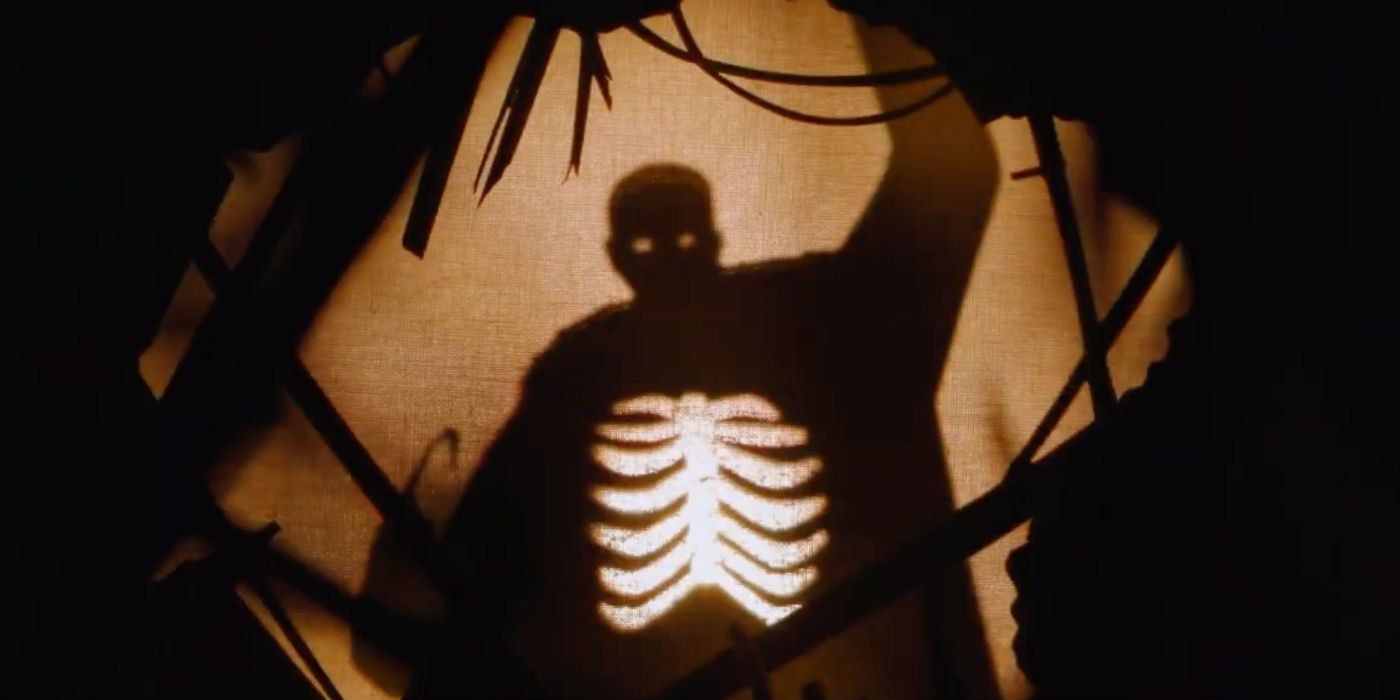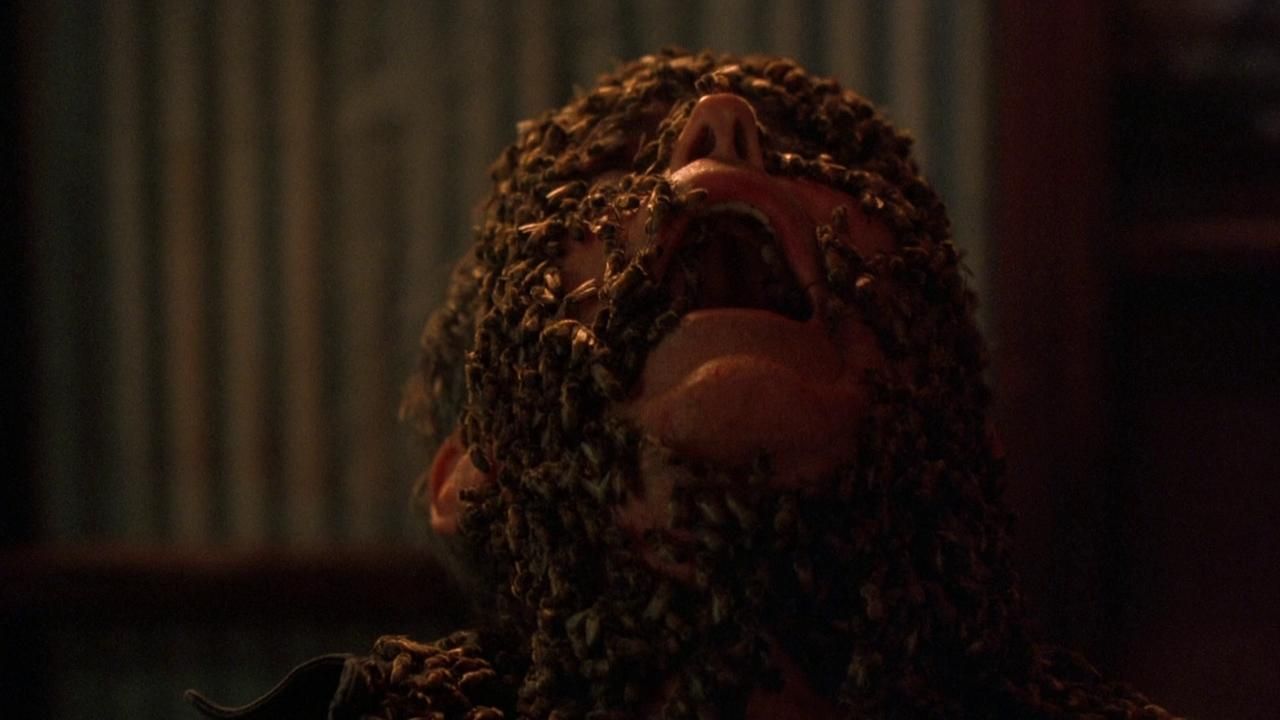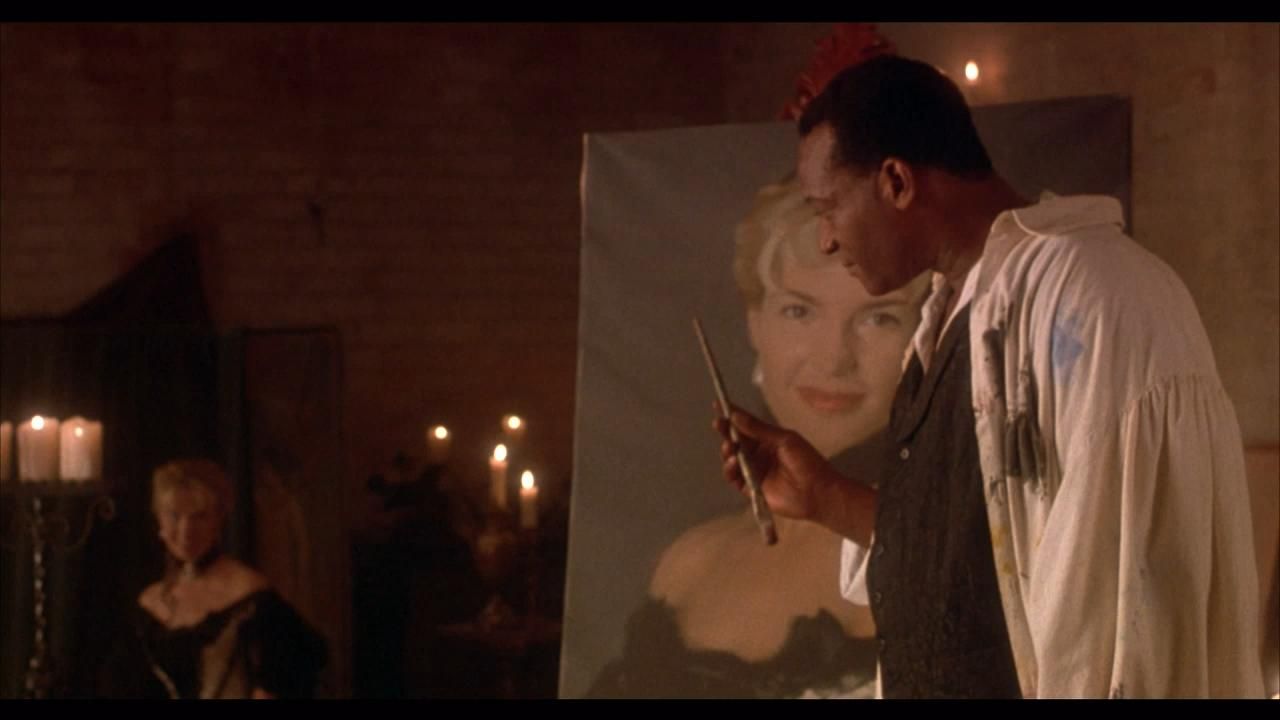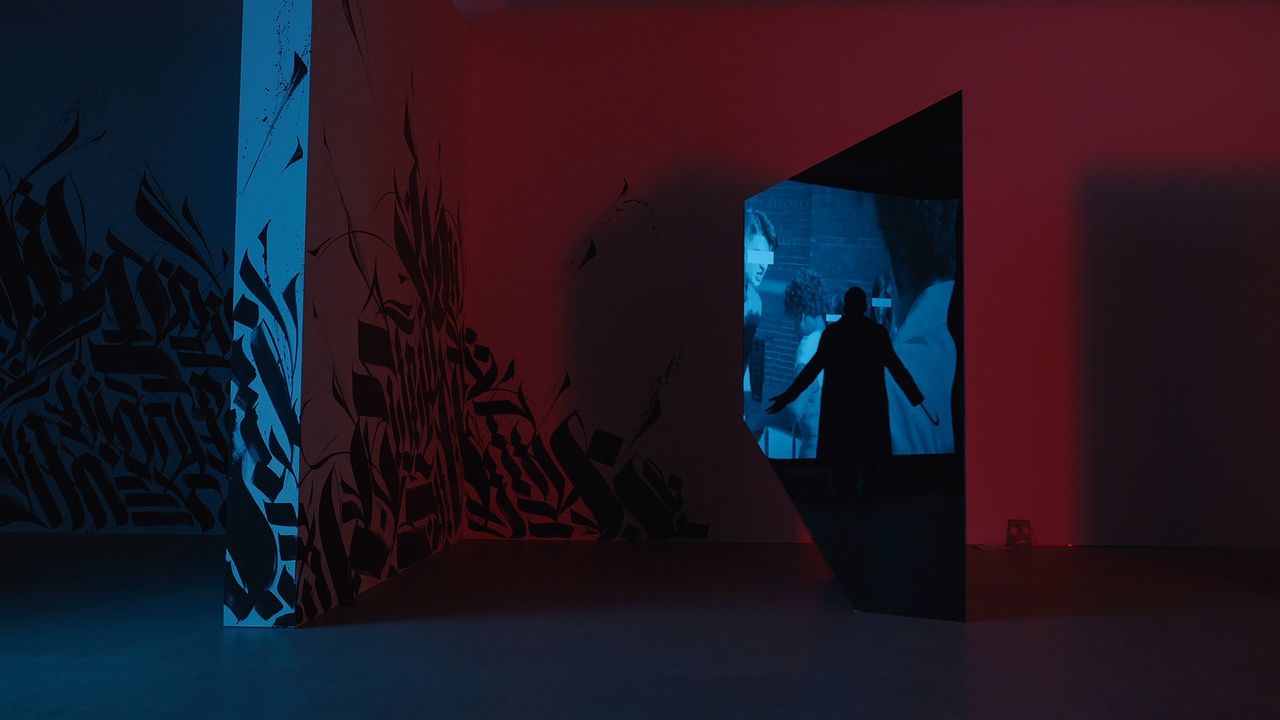Watching the original Candyman as a child has to be one of the best yet worst memories to date. The best, because of how easy it was to grasp the central story at only eight and nine years old; the worst, due in part to how terrifying and lifelike the folklore of the movie had felt. After seeing it, just randomly stumbling upon a brown pea coat while doing some fall shopping could cause internal mental anguish.
Originally released in 1992, and the first of four morbid horror films (Candyman: Farewell to the Flesh in '95, Candyman 3: Day of the Dead in '99, and the remake Candyman recently released in 2021), Candyman centers on grad student Helen Lyle as she researches the man behind the 'urban' myth. As the quintessential skeptic that she is (tempting fate by engaging in demonic activity she thinks is foolish and made up), Helen accidentally summons Candyman, leading up to a bloodbath as he gathers his victims, snatching wigs and all.
White women similar to Helen (affluent, young, and blonde) make these mistakes in horror films all the time. Helen should know better, but it's crystal clear that she doesn't, disrupting this poor man in his spooky little afterlife. Candyman's reaction to this (and the lies and racial injustices which got him murdered in the first place) gets pretty brutal very fast; if he really feels like he has to murder innocent people, the least he could do is make it quick, but then again, no shade, Candyman, no shade at all.
As an adult, Candyman still lingers, and those moments from childhood would probably never go away simply because its premise was just so impactful. From the artistic visuals, to its heartfelt love story turned terrible tragedy, here are the most valid reasons as to why Candyman will forever be the best horror franchise.
How organically frightening it is
Beloved Star Trek actor Tony Todd plays Daniel Robitaille (aka Candyman) so well, that it almost seems to be too good of a portrayal. This is no joke; fourth graders everywhere legitimately thought this man was Candyman in real life, to the point where elementary school teachers around the country had to stand in front of the class to restore order and convey that Candyman was just a movie, and that there was nothing to be afraid of. These teachers were obviously liars.
The parking deck scene between Robitaille and Helen would never not be frightening. Standing on one side of the deck, confidently in his authoritative manner, Robitaille is almost whispering in a calm and serene voice to Helen who is evidently in distress by his presence, commanding her to fall into his arms and become his next victim. It's as if Candyman doesn't even have to attempt aggression to ultimately convey an ominous and menacing presence towards his victims. That, and the iconic jump scares of the film, helps make Todd's presence (which graces every Candyman film in the franchise, thankfully) truly terrifying.
Yes, Candyman was actually a love story gone wrong
Born the son of a slave in post-Civil War America, Daniel Robitaille's father suddenly came into a large fortune as a result of his shoe device invention. Robitaille thus grew up different from most people of color at the time, having had access to the best schools and education. In his adult life he became a talented painter and fell in love with the white landowner's daughter, Caroline Sullivan, who he was commissioned to paint a portrait of by her father. Caroline later became pregnant, and when her father finds out he pays a group of men to torture Daniel, sawing off his right hand with a blade and smearing honey combs over his body to be stung to death by bees in pain and agony.
Watching this scene as the professor explains the origins of Candyman was actually very heartbreaking, especially to Black audiences. It humanized Robitaille while giving the backstory as to why he's so angry in his supernatural iteration as Candyman. The acts of violence implemented upon him because of racial disparities are severely cruel, and this scene additionally brings his fascination with bees into the latter sequences and films full circle. The next installment, Candyman: Farewell to the Flesh, exposes a family secret that comes to the surface in the mother of his victim, Annie Tarrant, cracking the lid on the family's sinister relation to Robitaille.
The cinematography
The art scenes are visually striking, especially when comparing all four Candyman films to one another. In Candyman: Farewell to the Flesh and Candyman 3: Day of the Dead, a series of emotions are tied through vibrant paintings and street art (which is both reminiscent of Black folk art and the German expressionism of films like The Cabinet of Dr. Caligari), symbolizing a state of chaos and panic for Candyman's victims. The utilization of color blocking in Candyman 3: Day of the Dead is more noticeable, as in when a local street mural depicting a blue-faced man consuming what looks like a bee is shown to be where Candyman lives. Director Nia DaCosta's remake of the classic horror film further breaks barriers of traditional visual displays in motion pictures.The animated puppet shadow sequence is excellently executed and connected to old-form storytelling, and the backdrop series of visuals support the multiple stories told by characters throughout the film. The puppets are meant to provide viewers with clear-cut graphics to further digest these stories, and are both eerie and disturbing, conveying the brutality against people of color in America's history. It should be truly interesting to see what she does with the Marvel Cinematic Universe.
With how much attention Black horror has received in recent years, from the massive success of Jordan Peele (a co-writer of the Candyman remake) to the surprising popularity and cultural importance of documentaries like Horror Noire, which showcase the lineage of Black creativity in the horror genre at large, it's a great time to look back at the contributions these films have made. Candyman is the most important part of all of this, and the film and its surprisingly underrated, visually stimulating, and racially provocative sequels deserve a place as one of the greatest franchises in horror history.




